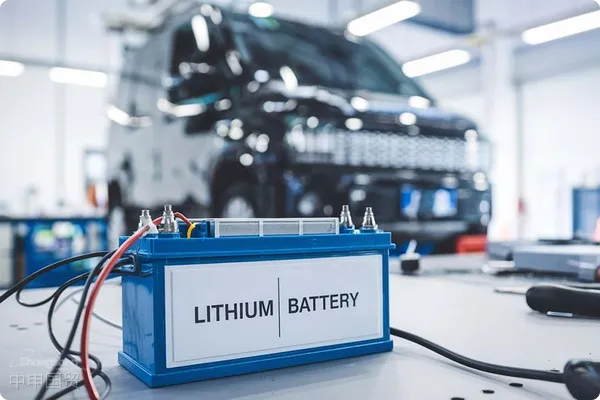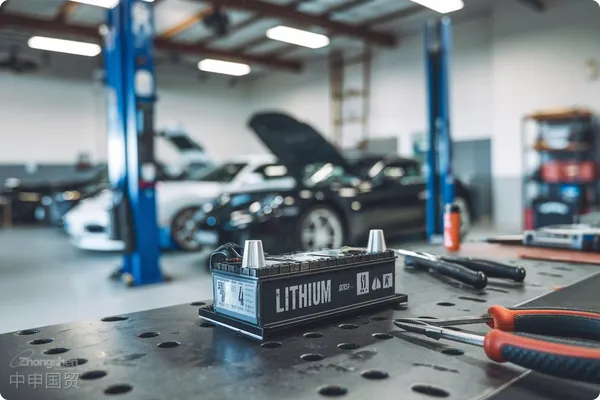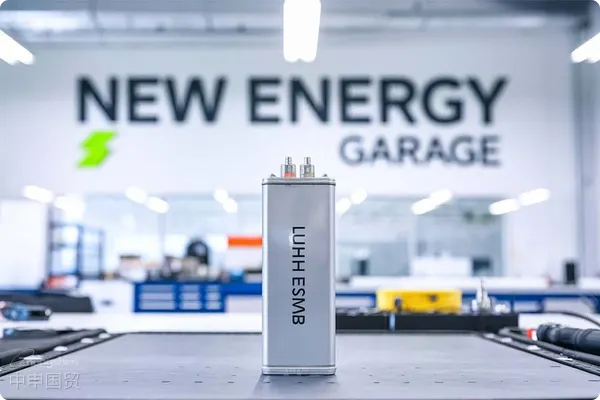- Shanghai Zhongshen International Trade Co., Ltd. - Two decades of trade agency expertise.
- Service Hotline: 139 1787 2118
Lithium battery export is a major test of technology and compliance. In todays rapidly developingNew energyfield, enabling lithium batteries to circulate freely in global markets has become key to enterprise success. Facing complex quality standards, transportation requirements and international regulations, many enterprises struggle. Dont worry, below we detail lithium battery export requirements. Our professional agency services will provide full support, helping your lithium batteries easily reach the world!

I. Lithium battery product quality standard requirements
Lithium batteries have wide applications, including consumer electronics, automotive power systems and industrial energy storage equipment. Depending on usage, lithium batteries must meet specific international quality and safety standards:
- Consumer lithium batteriesMust comply with international standards such as IEC (International Electrotechnical Commission) 62133 to ensure safety performance.
- Commercial and industrial energy storage batteriesMust comply with standards such as IEC 62619 and IEC 63056 to meet higher safety and reliability requirements.
- Automotive power batteriesMust comply with regulations such as ECE (Economic Commission for Europe) R100 and ECE R136 to ensure compliance with stringent safety standards for automotive power systems.
Additionally, manufacturers must possess strong technical capabilities and production capacity to ensure battery products undergo rigorous testing such as short-circuit, overcharge, and thermal abuse, enabling long-term stable operation.
II. Lithium battery transportation safety requirements
Lithium batteries are classified as dangerous goods due to their high energy density and flammability. Export requires compliance with relevant international transport regulations, including:
- Air TransportationCompliance with the Technical Instructions for the Safe Transport of Dangerous Goods by Air (ICAO-TI).
- Maritime TransportationCompliance with the International Maritime Dangerous Goods Code (IMDG Code).
- Road transportationCompliance with the Agreement concerning the International Carriage of Dangerous Goods by Road (ADR).
- : Comply with the Regulations Concerning the International Carriage of Dangerous Goods by Rail (RID).Enterprises need to adjust the packaging, declaration and testing processes according to the specific mode of transportation.
According to the Law of the Peoples Republic of China on Commodity Inspection, lithium - ion batteries for export need to use packaging containers that have passed performance inspection:import and exportThe Commodity Inspection Law stipulates that exported lithium batteries must pass the dangerous goods packaging use appraisal by the local customs. Only battery products that obtain the Dangerous Goods Transport Packaging Use Appraisal Result Certificate (commonly known as the Dangerous Goods Packaging Certificate) can be exported. When applying for the Dangerous Goods Packaging Certificate, the following must be submitted:
- Factory inspection report.
- Inspection Result Certificate for Packaging Performance of Import and Export Goods.,
- Materials such as the dangerous characteristics classification identification report.
III. Conditions for lithium battery exemption from dangerous goods packaging certification,
Although most lithium batteries require a Dangerous Goods Packaging Certificate, the following two scenarios are exempt:
- Lithium batteries installed in equipmentSuch as lithium batteries with UN3171 (installed in electric vehicles, electric bicycles, etc.), which are exempt from dangerous goods packaging requirements.
- Lithium batteries that comply with special regulationsSuch as Special Provision 188 in the International Maritime Dangerous Goods Code:
- Lithium metal or lithium alloy batteries with a lithium content not exceeding 1g.
- Lithium-ion batteries with a watt-hour ratio not exceeding 20Wh.
- Lithium battery packs with a total lithium content not exceeding 2g or a watt-hour ratio not exceeding 100Wh.
IV. Export precautions
As regulations on new energy batteries are updated rapidly in various countries, export requirements may vary depending on the product type and destination country. The following points require special attention:
- Regulatory UpdatesRegulatory requirements in destination countries and regions may change periodically and must be monitored closely.
- Compliance communicationMaintain close communication with customs, certification bodies, and relevant departments in the destination country to ensure compliance with all necessary requirements.
- provided by the overseas manufacturer and prepare in advanceProduct testing, packaging appraisal, and other compliance processes may take a long time and should be planned in advance.
Summary
Lithium battery export is a complex but promising business. Enterprises must be fully prepared in terms of product quality, transport safety, and international regulatory compliance. Lithium battery export is not just an international trade transaction but also a competition of capabilities and compliance. ThroughZhongShen International Tradeour agency services, you can not only solve complex regulatory challenges but also easily explore global markets. In this era where new energy leads the future, let us work together to promote the green transformation of energy and the globalization of enterprises! We look forward to collaborating with you to achieve more possibilities!
Related Recommendations
Category case
Contact Us
Email: service@sh-zhongshen.com
Related Recommendations
Contact via WeChat

? 2025. All Rights Reserved. Shanghai ICP No. 2023007705-2  PSB Record: Shanghai No.31011502009912
PSB Record: Shanghai No.31011502009912







